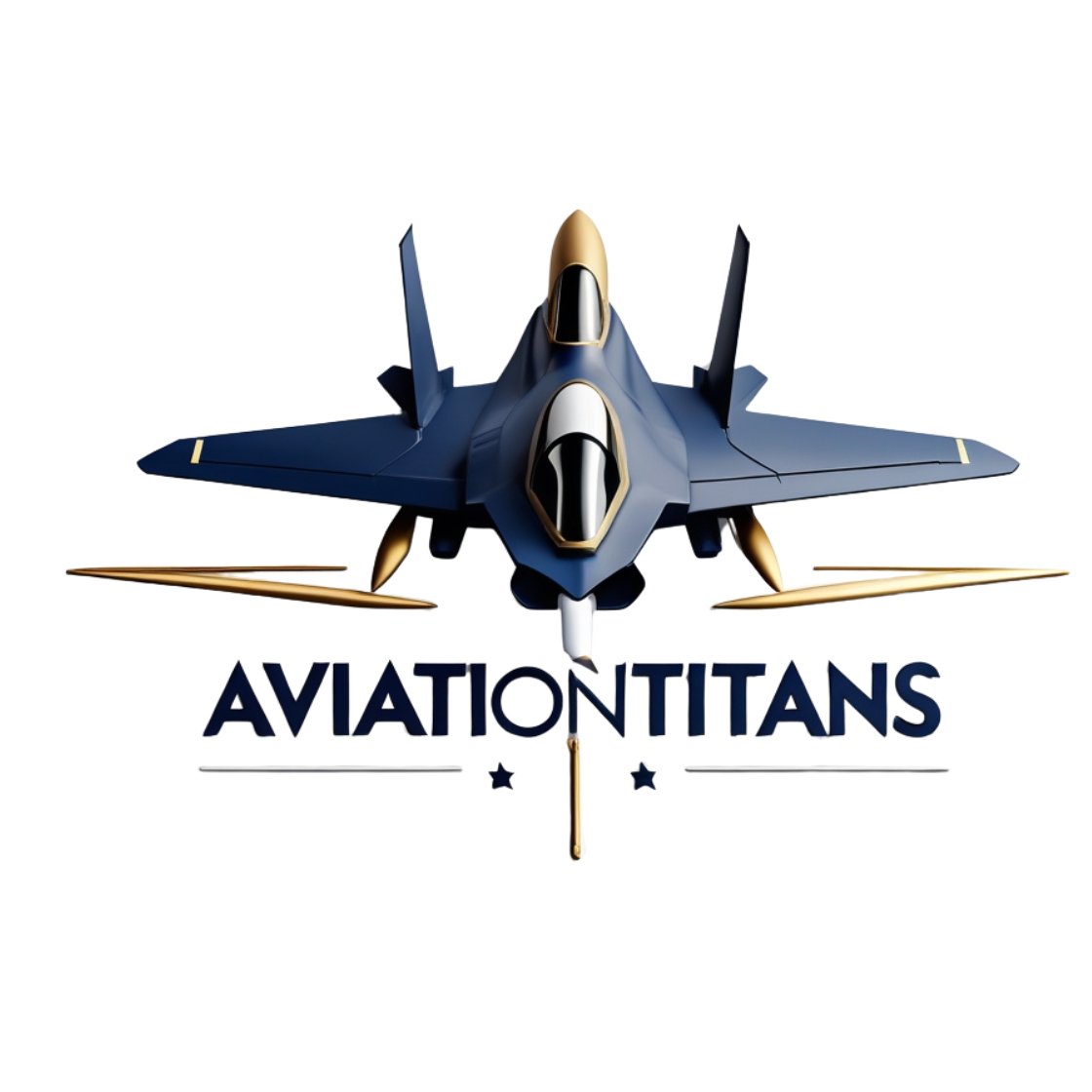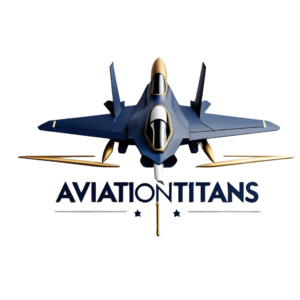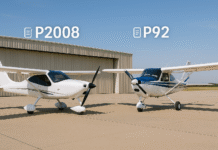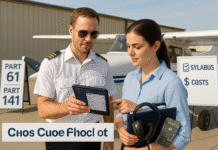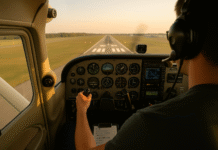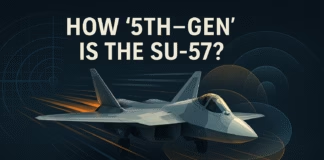The quiet partnership behind every safe flight
If you’ve ever watched flight attendants secure the cabin while the pilots call “cabin crew, prepare for landing,” you’ve seen only a glimpse of an intricate safety system. Modern airliners are data-rich and highly automated, but the last line—often the first line—of safety is human: pilot–cabin crew teamwork. When it’s tight, small problems stay small. When it breaks down, routine events turn risky. This article demystifies how the cockpit and cabin coordinate, what they brief, how they escalate, and why that coordination matters more than ever in today’s crowded, weather-disrupted skies.
What “teamwork” actually means in airline ops
In aviation, teamwork has a specific name: Crew Resource Management (CRM). It’s the set of skills and behaviors—communication, shared situational awareness, leadership, and followership—that lets two different workgroups (pilots and cabin crew) act as one. U.S. airlines build these behaviors using formal guidance like FAA Advisory Circular 120-51E: Crew Resource Management Training, which spells out how to train decision-making, communication, and leadership under pressure.
The cockpit manages the flight path and systems; the cabin manages passengers, service, and emergency equipment. CRM connects those worlds with shared goals and standard playbooks so information flows fast and unambiguously.
Key CRM foundations you’ll hear referenced in daily ops:
• Briefing discipline: Before boarding, flight crew and cabin leaders cover threats (weather, MEL items, medical transports, security concerns), roles, and abnormal procedures.
• Standard phraseology: Simple, unmistakable words (“CONFIRMED,” “REPEAT,” “EVACUATE,” “STOP”) reduce confusion when stress spikes.
• Closed-loop communication: The receiver repeats back the critical info so the sender knows it was heard and understood.
• Sterile cockpit: Below 10,000 feet, all non-essential communication to pilots stops unless it’s safety-related, per 14 CFR §121.542.
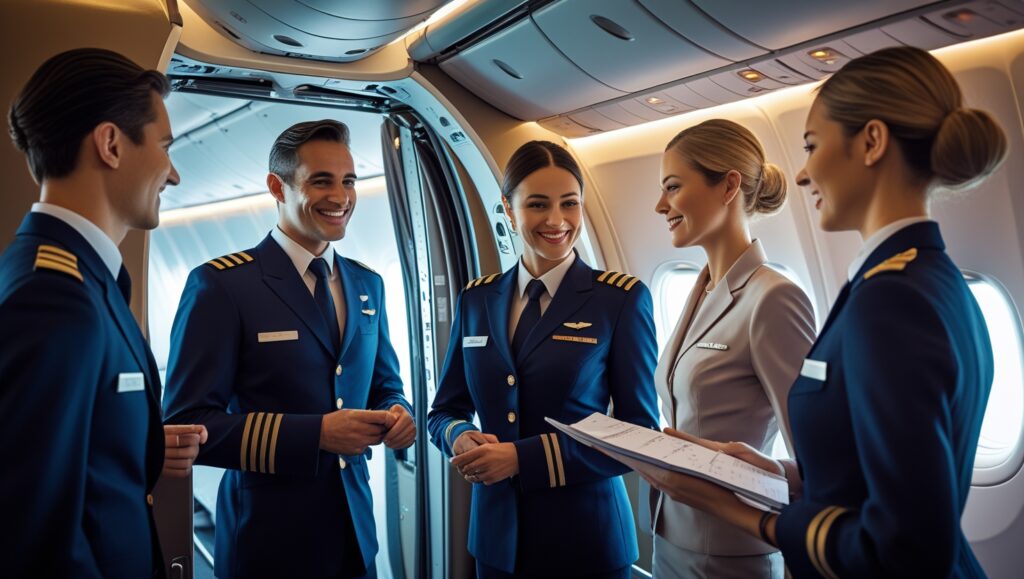
Who does what—clearly defined roles that mesh
Pilots: Aviate, navigate, communicate; run checklists; manage the flight path and fuel; decide diversions; coordinate with ATC and company ops. The captain has final authority, but decisions are informed by inputs from the first officer and the cabin.
Cabin crew: Perform safety demos; secure doors and galleys; monitor seat belts; manage special passengers; respond to medical issues, smoke/odors, or disruptive behavior; deploy emergency equipment; lead evacuations if ordered.
To make those roles snap together under pressure, FAA guidance such as AC 120-48: Communication and Coordination Between Flight Crewmembers and Flight Attendants defines the “who says what to whom and when” of cockpit–cabin teamwork.
When teamwork works, information moves both ways:
• The cockpit gives advance warning of expected turbulence, time to top of descent, or delays, so the cabin can secure carts, reseat infants, and finish checks.
• The cabin gives timely reports about passengers (illness, threats), unusual smells/noises, or structural concerns (ice on the wing, fluid leaks), so the cockpit can troubleshoot and act.
The briefing that sets the tone
A strong captain’s briefing sounds like this:
• Weather & threats: “Expect moderate chop after departure and again near FL360; we’ll keep the seat belt sign on early.”
• Abnormals: “MEL: one galley chiller deferred—service workaround in the aft galley.”
• Security & specials: “VIP with escort in 2A; unaccompanied minors in row 20; wheelchair on arrival.”
• Communication rules: “Sterile cockpit below 10,000—except safety items. For turbulence, call early.”
• Evacuation cues: “Only evacuate on my command ‘EVACUATE, EVACUATE,’ unless there’s an obvious life threat.”
This five-minute ritual aligns the team, surfaces concerns, and creates psychological safety—so a flight attendant feels empowered to call the cockpit when something feels off. You’ll find similar templates in AC 120-51E.
Turbulence: the most common safety test
Most injuries to passengers and crew come from unexpected turbulence. Solid teamwork is the defense.
• Pilot to cabin (proactive): “Flight attendants, be seated immediately.” That phrase tells crews to sit and strap in now—no finishing tasks.
• Cabin to pilot (reporting): “Severe bumps rear galley; cart secured; two passengers need evaluation.” The cockpit can then slow down, change altitude, or request a deviation, and arrange medical support on arrival if needed.
Evidence backs the emphasis on seat belts and early warning: the NTSB turbulence safety study (SS-21/01) found that a large share of serious passenger injuries occur when seat belts are unfastened. Teamwork lowers that risk because communication gets the cabin seated before the bump arrives.
In-flight medical emergencies: speed and structure
Medical events demand tight CRM because minutes matter:
Cabin coordination: If diverting, cabin secures the cabin fast—seats upright, belts on, loose items stowed—and preps for a quick landing and handoff to medics.
These steps mirror the coordination practices laid out in AC 120-48 and taught in CRM programs based on AC 120-51E.
Assessment: The nearest flight attendant applies the airline’s medical protocol (primary survey, onboard first-aid kit, AED check).
Notify the cockpit: Clear, structured call: age/sex, problem, vital signs if known, responsiveness, special risks.
Resources: Cabin crew may patch the cockpit to a ground-based medical provider, call for volunteer medical professionals, and prepare the AED or oxygen.
Decision: The captain weighs medical advice, fuel, weather, and alternates, then decides whether to divert.
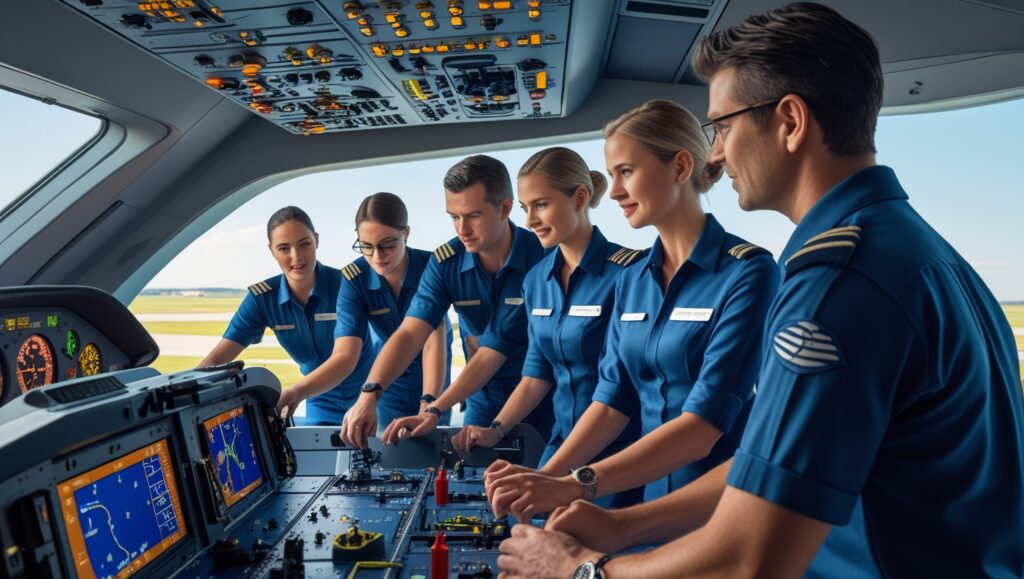
Smoke, fire, or fumes: decisive calls save time
Unusual odors or visible smoke in the cabin trigger immediate action:
• Cabin: Stop service, locate the source (galley cart, lavatory bin, electronic device), use appropriate extinguishers, and inform the cockpit with location, color/amount of smoke, and effectiveness of actions.
• Cockpit: Don oxygen masks, run the smoke/fumes checklist, start a descent if needed, and advise ATC.
• Team: If smoke persists, the captain may order an expedited landing. Cabin braces passengers; pilots run checklists and configure the airplane.
Clear authority and standard words cut through chaos. “Prepare for emergency landing” and “Heads down, stay down” cues keep everyone aligned, and sterile-cockpit discipline from §121.542 ensures only safety-critical calls reach the pilots when it matters most.
Threat and Error Management (TEM): catching little problems early
Daily airline safety also relies on TEM—a framework that treats threats (weather, maintenance issues, tight connections) and errors (mis-set altimeter, wrong row count) as inevitable, then designs barriers to catch them. Cabin and cockpit together:
• Double-check doors armed/disarmed states.
• Cross-verify passenger count vs weight & balance numbers.
• Challenge odd seat-belt sign use (“Do you want it on for the next ten minutes for light chop?”).
TEM culture turns small observations into risk reductions and is embedded in modern CRM programs supported by AC 120-51E.
Why teamwork matters more than ever
Today’s operation is more complex than a decade ago:
• Busier skies and tighter turns: Congested airports, weather reroutes, and on-time pressure can load crews with competing priorities.
• More automation: Autopilots and apps are powerful, but they can mask deteriorating situations unless humans speak up.
• Full cabins: High load factors mean more passengers, more carry-ons, and a higher probability of medical or behavioral issues.
• New tech in the cabin: From portable oxygen concentrators to personal electronics, cabin crews juggle additional checks and lithium-battery fire risks—another reason comms must be crisp.
In this environment, pilot–cabin crew teamwork is a safety multiplier. Pilots can’t see what’s happening behind the flight deck door; cabin crew can’t see the weather returns, fuel numbers, or runway performance. Together, they build the full picture.
How airlines keep the skills sharp
• Joint CRM training: Scenario-based sessions where pilots and cabin leaders practice the same event—turbulence injury, smoke in the lav, rejected takeoff—using the same words and triggers, as encouraged in AC 120-51E.
• Recurrent drills: Annual door operations, slide deployments, firefighting simulations, AED practice, and brace-position refreshers.
• Data-driven debriefs: Feedback from operational reports and voluntary safety systems turns lessons into checklist tweaks and new briefings.
• Psychological safety: Leaders who invite dissent (“Tell me if anything feels unsafe”) get better information sooner.
What passengers can do to help the team
• Buckle up when seated—even if the sign is off. Most turbulence injuries happen to unbelted passengers, a point reinforced by the NTSB turbulence study.
• Listen to briefings even if you fly often; equipment and exit locations change by aircraft.
• Secure devices and bags so they don’t become projectiles.
• Use the call button for spills, smoke smells, or medical concerns—crew would rather know early.
• Be patient during holds or diversions. Safety decisions happen with incomplete information and lots of constraints; clear communication is coming as soon as the crew can give it.
Keep learning with AviationTitans
If you enjoy the operational side of flying and safety, dive into these related hubs on our site:
• In-Flight Experience Reviews — what passengers feel when procedures are done right.
• Flight School Guides — foundational skills that scale from GA to airline ops.
• Pilot Career Advice — CRM, checkride prep, and line-ops tips.
Quick reference for your next flight (crew perspective)
• Brief the threats. Weather, MELs, special passengers, security.
• Agree on words. Evacuation cues, turbulence calls, sterile-cockpit reminders linked to §121.542.
• Communicate early. “Seat belts on in ten,” “cart secured,” “possible diversion.”
• Use closed-loop. Repeat critical info until both sides acknowledge.
• Debrief fast. Capture lessons while fresh; feed them into training with CRM principles from AC 120-51E.
1Bottom line
Airline safety isn’t just about avionics and autopilots. It’s about people who communicate clearly, back each other up, and act early. Pilot–cabin crew teamwork turns dozens of moving parts into one coordinated system. For passengers, it means a smoother, safer journey. For crews, it’s a professional craft—practiced every flight, refined every year, and never taken for granted.
